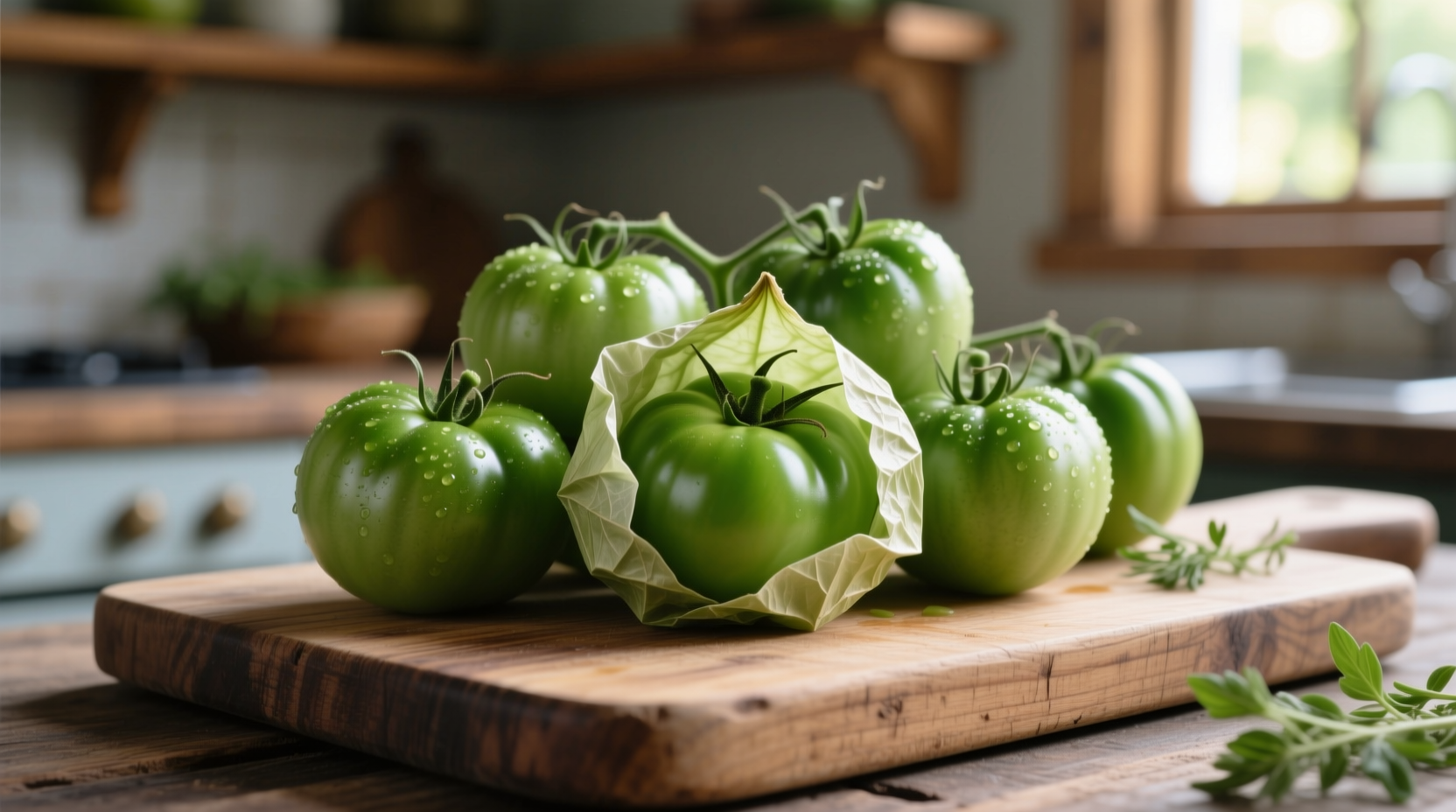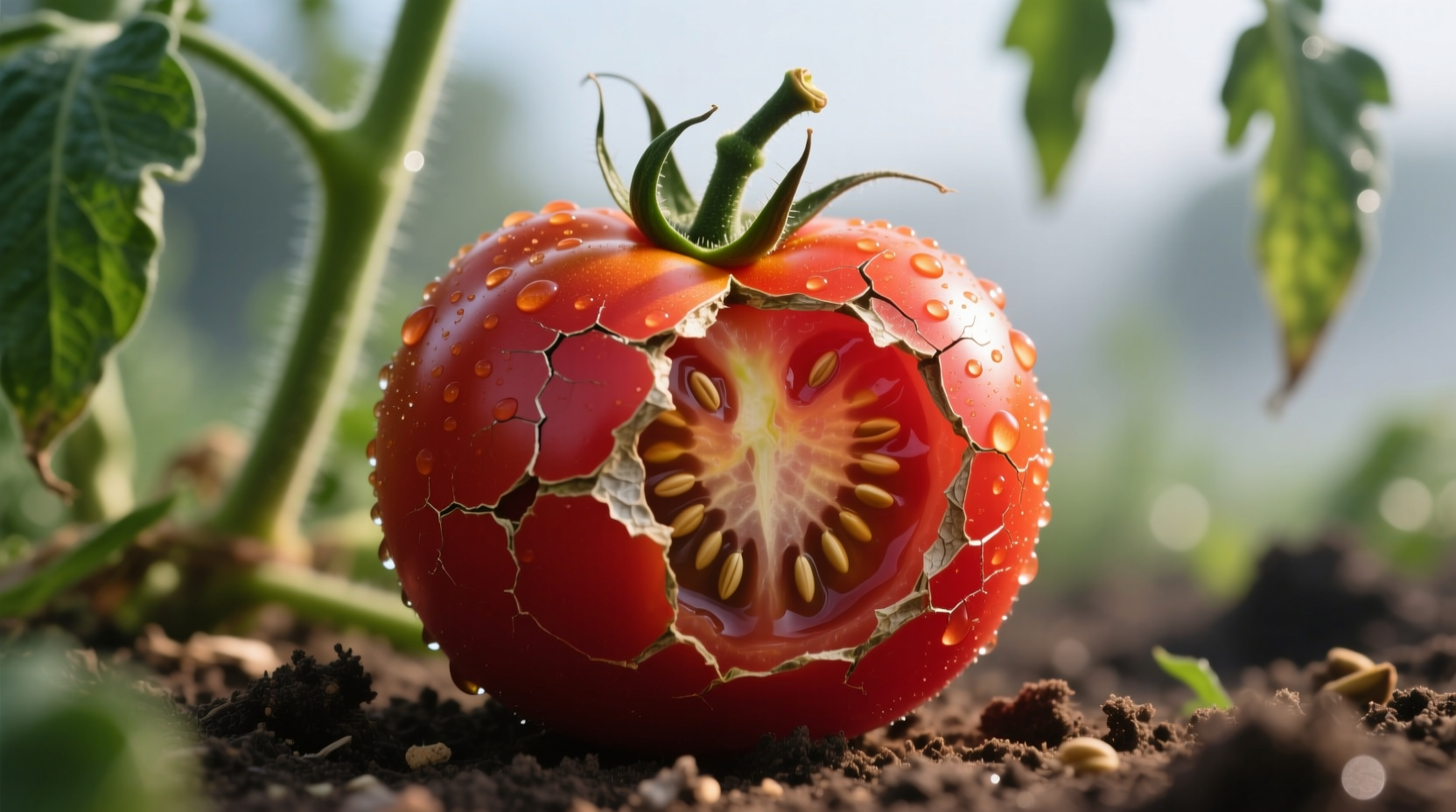Clearing Up the Confusion: What Are Husk Tomatoes?
When you search for “husk tomatoes,” you're likely looking for tomatillos (Physalis philadelphica), not a tomato variety. Tomatoes never grow inside husks—that distinctive papery covering is exclusive to tomatillos, sometimes called “husk tomatoes” in grocery stores due to their tomato-like appearance once husked.
Native to Mexico and Central America, tomatillos have been cultivated for over 3,000 years. They're a cornerstone of pre-Hispanic Mesoamerican cuisine, featuring prominently in Aztec and Mayan cooking long before tomatoes arrived from South America. This historical context explains why tomatillos remain indispensable in traditional Mexican dishes like salsa verde and pozole.

Tomatillos vs. Tomatoes: Key Differences You Need to Know
| Characteristic | Tomatillos | Tomatoes |
|---|---|---|
| Botanical Family | Nightshade (Physalis genus) | Nightshade (Solanum genus) |
| Husk Presence | Always enclosed in papery husk | No husk |
| Flavor Profile | Bright, tart, citrusy (even when ripe) | Sweet-acidic, varies by variety |
| Texture When Raw | Firm, dense flesh | Softer, juicier |
| Primary Culinary Use | Salsas, stews, braises | Raw applications, sauces, roasting |
Selecting & Storing Tomatillos Like a Pro
Choose tomatillos that fill their husks completely with no shriveling. The husk should be dry and straw-colored, not green or moist. For salsa verde, select firm green tomatillos; for sweeter applications, look for purple-tinged varieties.
Store unhusked tomatillos in a paper bag in the refrigerator for up to two weeks. Once husked, they'll keep for only 3-4 days. For long-term storage, husk and freeze whole tomatillos on a baking sheet before transferring to freezer bags—they'll maintain quality for 6 months.
Preparing Tomatillos for Maximum Flavor
Never eat tomatillos raw—their natural bitterness requires cooking to develop complex flavor. Here's the professional technique:
- Remove husks and rinse away sticky residue under cold water
- For bright, fresh salsas: Roast under broiler for 5-7 minutes until charred
- For deep, complex stews: Simmer in water for 10 minutes until softened
- Always remove core before chopping or blending
Why Tomatillos Outperform Tomatoes in Certain Dishes
Tomatillos contain significantly more pectin than tomatoes, creating naturally thicker sauces without added thickeners. Their stable acidity (pH 3.8–4.2) makes them ideal for canning, unlike tomatoes which require added citric acid for safe preservation according to USDA guidelines.
When substituting in recipes, remember: 1 cup raw tomatillos = 1 cup tomatoes + 1 tbsp lime juice + 1 tsp sugar. But for authentic Mexican flavors, nothing replaces the unique citrus-grass notes of properly prepared tomatillos.
Three Essential Tomatillo Applications
1. Salsa Verde That Actually Sets
Unlike tomato-based salsas that stay liquid, tomatillo salsa naturally thickens as it cools due to pectin content. For restaurant-quality results, roast tomatillos with serrano peppers and tomatillo husks (yes, the husks!) to add earthy depth.
2. Mole Verde Without the Hassle
Traditional green mole requires multiple specialty ingredients, but tomatillos form the perfect base. Simmer cooked tomatillos with pumpkin seeds, cilantro, and epazote for an authentic-tasting sauce in half the time.
3. Unexpected Cocktail Ingredient
Muddle roasted tomatillos with jalapeño and lime for a complex margarita base. The tomatillo's natural tartness balances agave sweetness better than lime juice alone.
Avoid These Common Tomatillo Mistakes
Many home cooks underutilize tomatillos by treating them like tomatoes. Remember these critical boundaries:
- Never substitute 1:1 with tomatoes – their pH and texture differ significantly
- Don't skip the cooking step – raw tomatillos taste unpleasantly bitter
- Avoid overcooking – more than 15 minutes destroys their bright flavor
- Don't confuse with ground cherries – similar husk but completely different flavor profile
Bringing Tomatillos Into Modern Cooking
Contemporary chefs are rediscovering tomatillos beyond traditional applications. Try these innovative uses:
- Blend into aioli for fish tacos
- Puree with avocado for a vibrant cold soup
- Roast with honey for a unique chutney
- Infuse into simple syrup for cocktails
When selecting varieties, note that purple tomatillos offer sweeter flavor than green, while Mexican small-fruited types pack the most intense flavor. For the best results, seek out locally grown tomatillos during summer harvest season (June–September in North America).











 浙公网安备
33010002000092号
浙公网安备
33010002000092号 浙B2-20120091-4
浙B2-20120091-4